Royal Spa
Banja Koviljača - Royal Spa Resort
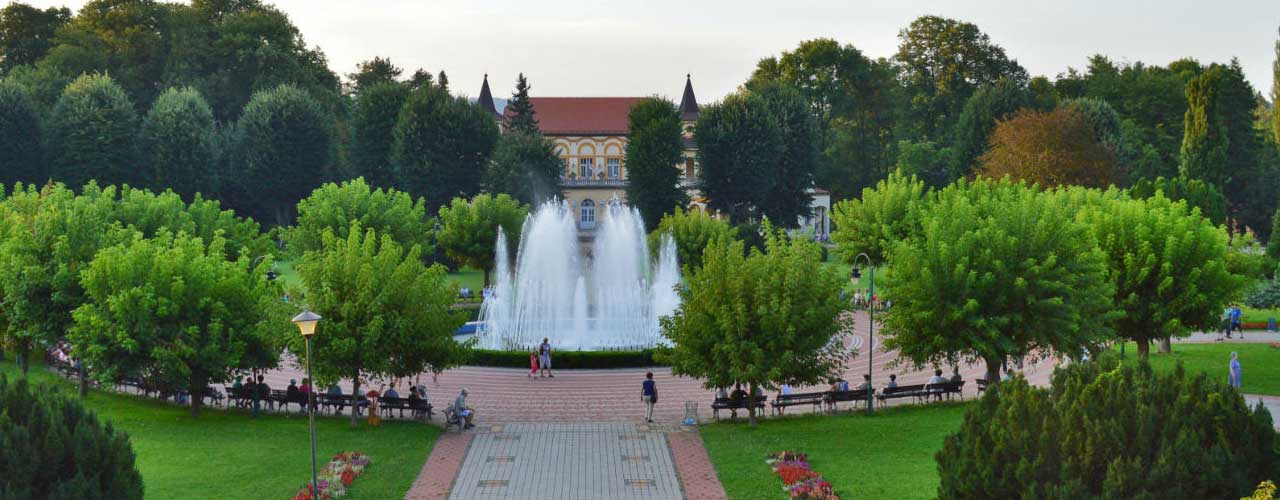
Geographical location of Banja Koviljaca
Banja Koviljaca, one of the most beautiful and healthful spa resorts of the Balkan Peninsula, is situated in Western Serbia, encased between the Drina River and wooded Mountain Gucevo, at an altitude of 128 meters. It is surrounded by the wide plains of Macva and Semberija Regions and by Boranja, Cer and Sokolske Mountains. It is located in a region called Podrinje, which borders with the slopes of Jadar Region, moving on to the valleys of Pocerina Region and the fertile and flat region of Macva.
Abundant springs of sulphuric water, healthful mud, favorable climate, as well as numerous cultural and historical monuments are an irresistible attraction and an invitation to the development of all kinds of tourism in this area.
Directions to Banja Koviljaca (by road):
From Belgrade - take the Belgrade-Ruma highway and then the Ruma-Sabac-Loznica local road to Banja Koviljaca (145 km). From Novi Sad - a local road leads through Ruma, Sabac and Loznica to Banja Koviljaca (143 km).
There is a railway station in Banja Koviljaca for regional trains only, running between Belgrade and Mali Zvornik.
The closest airport is in Belgrade (135 km).
The Bosnia and Herzegovina state border is at a distance of five kilometers.
Excellent roads connect Banja Koviljaca with Banja Luka and Sarajevo.
History of Banja Koviljača - Spa resort with tradition
The history of Banja Koviljaca is very rich, dating back to the Iliric period, followed by the occupation of the area by the Ancient Romans, and later the Turks. In the first written records dating back to 1533, it is stated that hordes of people visited these healthy springs. The first facility that offered accommodation was comprised of ten rooms and was built in 1858. This year is very important in Banja Koviljaca's history since it was then that the doctors were given the permission and obligation to prescribe healing water of this spa resort to the sick. And, it is this 1858 that is regarded as the crucial year in the creation of this now modern health resort.
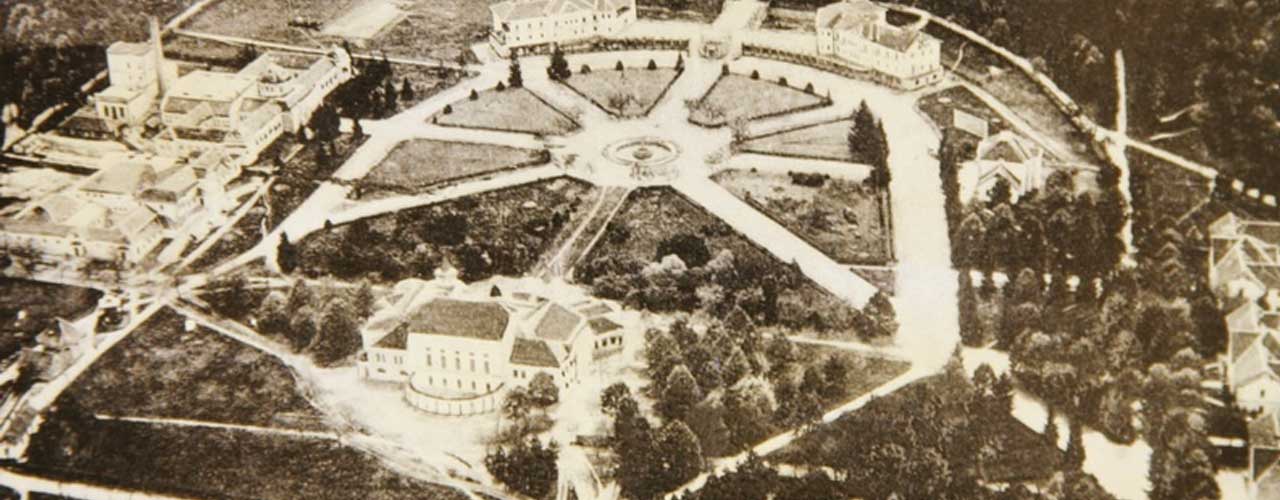
Since 1867, during the rule of Mihailo Obrenovic, Banja Koviljaca was under the protection of the state. On August 1st, 1898, the National Assembly granted the governance of Banja Koviljaca to the people of the Podrinje Region, an event which marked the beginning of the construction and development of Banja Koviljaca. From that time on, up until the Second World War and with only brief interruptions, the period of extensive development and full acclaim of Banja Koviljaca commenced, and this spa resort, named Pearl of Podrinje Region, became not only a modern treatment center but also a fashionable meeting place for the Serbian upper-class. Our medical center continues this tradition of treatment using natural healing factors, thermomineral sulphuric water and mud, but also using contemporary modalities of physical therapy.
Dositej Obradovic (a famous Serbian literate and a great scholar) and Vuk Karadzic (a famous Serbian linguist and a major reformer of the Serbian language), among many others, admired the beauties of Banja Koviljaca and Karadjordje, a Serbian ruler, found here the ideal place for healing his wounds. Luxurious balls held here were attended by the Serbian king, Aleksandar Karadjordjevic.
Banja Koviljaca became a spa resort and treatment center during the reign of King Petar I Karadjordjevic who built the modern sulphuric bath near his residential palace.
During the 1920’s and 1930’s, the construction of Banja Koviljaca was completed. Luxurious hotels and villas were built and a beautifully designed park connecting all of the spa’s structures. The facility of fascinating beauty called “Kur-Salon” has been the place for amusement since 1939, and the lavishness of its interior still reflects the spirit of past times. The first gambling house in the Balkans was opened in “Kur-Salon”.
Banja's park
This unique symbol of Banja Koviljaca, the legendary Spa’s park was built in the manner of the ones in Western Europe. It spans over 40 ha and represents the second largest park in Serbia. It is situated at the foot of a forest of hornbeam, cerris and beech and since the beginning of the 20th century; it has attracted the visitors with its appearance and grandeur. At the very center of this outdoor museum of Nature is a magnificent fountain, which stands in the place of a once smaller one.
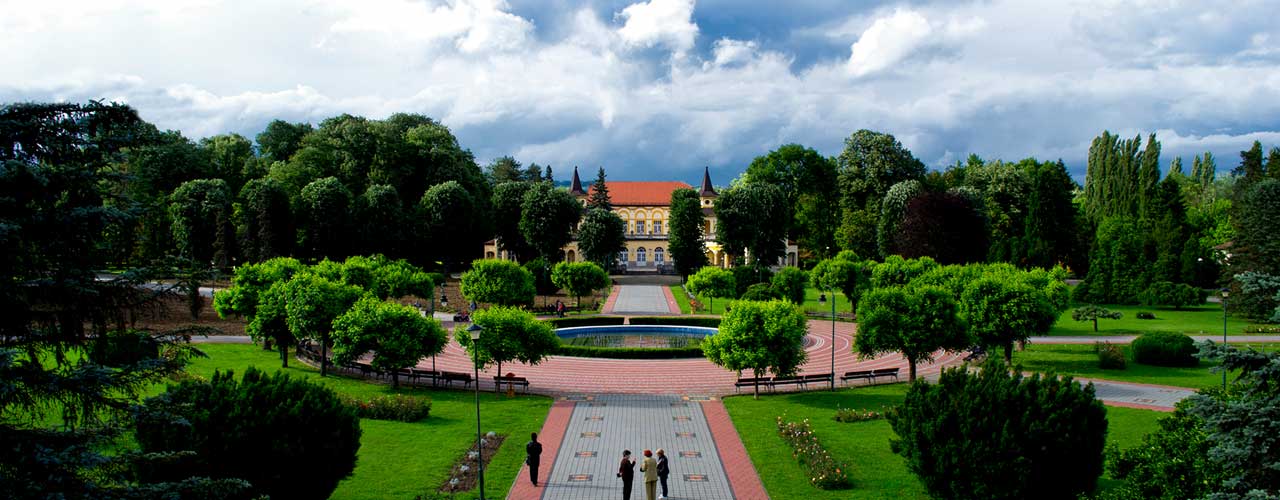
Over eighty types of trees, wonderful floral arrangements like the ones in imperial summer residences and vast lawns make walking in this park special and out of the ordinary. Fine examples of pre-World War I architecture – Villas Dalmatia and Herzegovina, as well as the Bath of King Peter I take the visitors to a new world of the glorious past, long forgotten.
Legend of two sisters
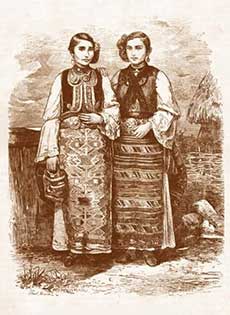
The resort of Banja Koviljaca as we know today did not have that name from the very beginning. The original name of this resort was Stinky Spa (Smrdan Banja) or Stinky Moor (Smrdan Bara), an epithet which completely depicted the sulphuric smells of the healing mud and thermo-mineral water that were omnipresent. This epithet was present up until 1909 when the Spa was officially named Koviljaca. Numerous legends are connected to the origin and foundation of the name Koviljaca, and one of them is even mentioned by Vuk Karadzic, a famous linguist and reformer of the Serbian language. In his writings, there is a legend that tells of two sisters – Vida and Koviljka – whose father left them with an enormous inheritance to do good for their people with it. Vida decided to build a great city on a nearby mountain, which was called after her – Mt. Vidojevica, and Koviljka stopped at the foot of Mt. Gucevo and decided to build a town there. The remains of the legendary Koviljka’s town can be found to this day on a hill by the name of Gradac, where the vestiges of the buildings, primitive construction and gravestones of unusual look can be found. Koviljka had one more role, a very important one, in the prosperity of this resort. By drinking water of the distinctive and unpleasant smell from one of Banja Koviljaca’s springs, Koviljka made the inhabitants do the same, which have not dared drink before, so the healing powers of that water were discovered. As a token of gratitude to this selfless woman, people named the area around the spring after her. Today, there are rare reminders of this woman who has done so much to Banja Koviljaca – a special herb Kovilje that covers the slopes of Mt. Gucevo and our Kovilje Wellness Center named after the famed Koviljka.
Legend about a horse
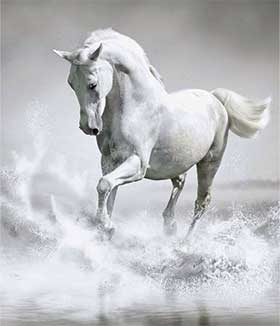
There is another legend that tells the tale of the healing powers of Banja Koviljaca’s water and its accidental discovery. In ancient times, there was a caravan road near Drina River that was often used by numerous merchants. One of those caravans once stopped in Banja Koviljaca, next to a spring of sulphuric water. One of the horses, exhausted and weak was left there to die, in the murky mud and warm water. The caravan moved on, and after some time, it was returning and passing the same road. The merchants observed the scene in disbelief with a surprised look on their faces. Not far from the place it was left to die in, the horse stood strong and recovered while peacefully grazing next to the spring. It was then that the wondrous power of the Banja Koviljaca springs was discovered, which is studied by today’s balneo-climatologists and experts, who testify with admiration of its healing effects.
